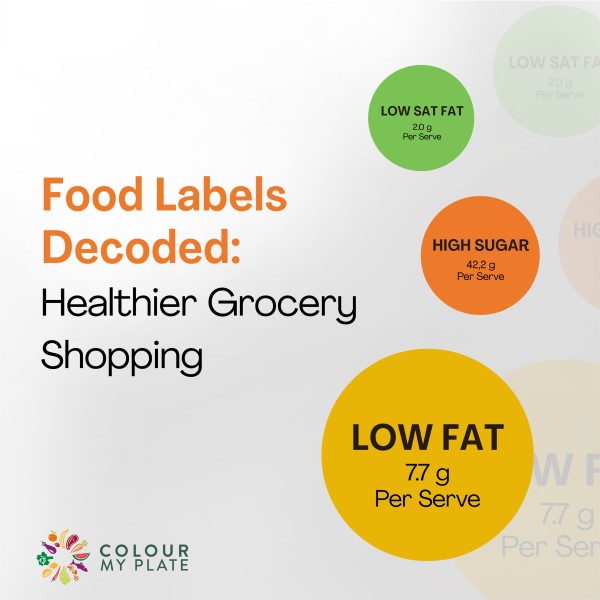
![]() 20 Jan 2024
20 Jan 2024
Navigating the aisles of a grocery store can be a daunting task, especially when faced with numerous food choices and complex labels. Understanding food labels is essential for making informed and healthier decisions. In this blog post, we’ll uncover key aspects of food labeling that everyone should be aware of.
Pay attention to the serving size indicated on the label. It’s easy to overlook this crucial information, leading to misconceptions about the nutritional content. Be mindful of portion sizes to accurately assess the nutrients you’re consuming.
Ingredients are listed in descending order by weight. opt for products with whole, recognizable ingredients at the top. Watch out for hidden sugars, unhealthy fats, and additives. If the list is lengthy and includes unfamiliar terms, it might be worth reconsidering your choice.
Be aware of key nutrients like fats, sugars, and sodium. Aim for products low in saturated and trans fats, added sugars, and sodium. Compare similar products to choose options with lower amounts of these potentially harmful components.
Food packaging often features health claims like “low-fat” or “high fiber.” While these claims can be helpful, it’s essential to read the entire label. Some products labeled “low-fat” may compensate with higher sugar content. A well-rounded understanding of the nutritional content is crucial.
Sugar can hide under various names like sucrose, high-fructose corn syrup, or agave nectar. Even seemingly healthy products may contain high levels of added sugars, contributing to various health issues. Check the total sugar content and opt for products with minimal added sugars.
Phrases like “natural,” “organic,” or “superfood” may create a health halo around a product. While these terms can indicate certain qualities, they don’t necessarily guarantee a food’s overall healthfulness. Always read the label to confirm the nutritional value.
Understanding food labels empowers you to make healthier choices for you and your family. By paying attention to serving sizes, ingredients, nutrient content, health claims, added sugars, and marketing buzzwords, you can decode labels effectively. Take the time to compare products and make informed decisions, ensuring that your food choices align with your health and wellness goals.

We noticed you haven't completed your delivery details.

Your message is sent